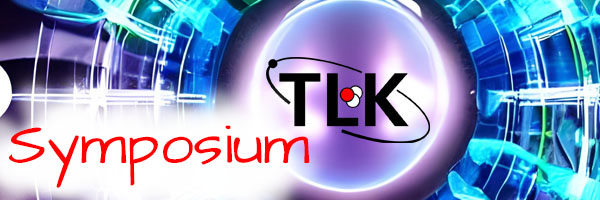Speakers
Description
To measure the absolute neutrino mass by Cyclotron Radiation Emission Spectroscopy (CRES) following beta-decay of atomic tritium, it is essential to generate dense atomic beams, implement methods for state-selection and magnetic confinement of ground-state atoms, and perform high-precision in-situ magnetometry and electrometry. These represent some of the aims of the UK Quantum Technologies for Neutrino Mass (QTNM) project. Here we report advances in each of these areas in preliminary studies with atomic hydrogen. The techniques used can be transferred to experiments with tritium.
We present the operation and initial characterisation of a pulsed supersonic beam of atomic hydrogen. This is based on a DC discharge of H2. Detection of the ground-state atoms in this beam is implemented by resonance-enhanced multi-photon ionisation via the 2S intermediate state. The resulting H+ ions are collected at a microchannel plate detector.
In parallel with this, we have designed and simulated the operation of a magnetic state selector for the ground state atoms in this beam. The construction of this is underway and its design and operation will be presented. After state-selection, we plan to inject the atoms into a magnetic storage ring for long-term confinement. This ring comprises 120 permanent hexapole Halbach array magnets that guide the beam using inhomogeneous magnetic fields. Ultimately, we plan to install CRES measurement modules within this ring. The detailed design of this magnetic storage ring, and the results of numerical particle trajectory calculations for hydrogen and tritium atoms will be presented.
To allow in-situ measurement of magnetic and electric fields in the CRES modules within this apparatus, we have recently demonstrated the use of circular Rydberg states for absolute magnetometry, magnetic gradiometry and vector electrometry. Results from this work will also be summarised.

